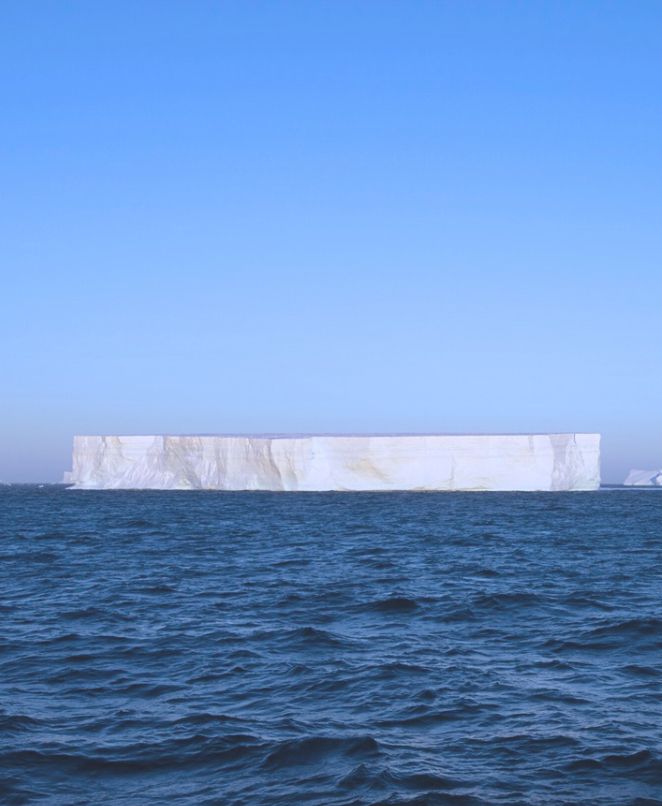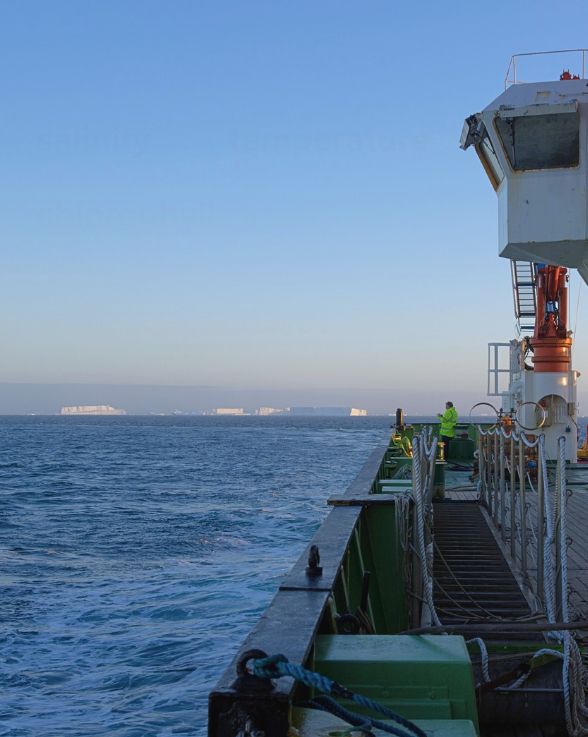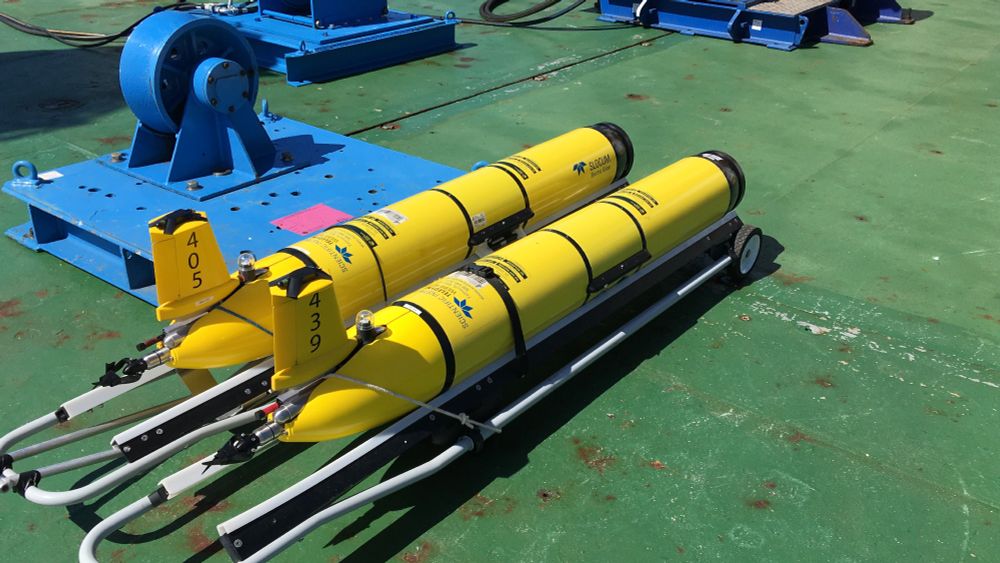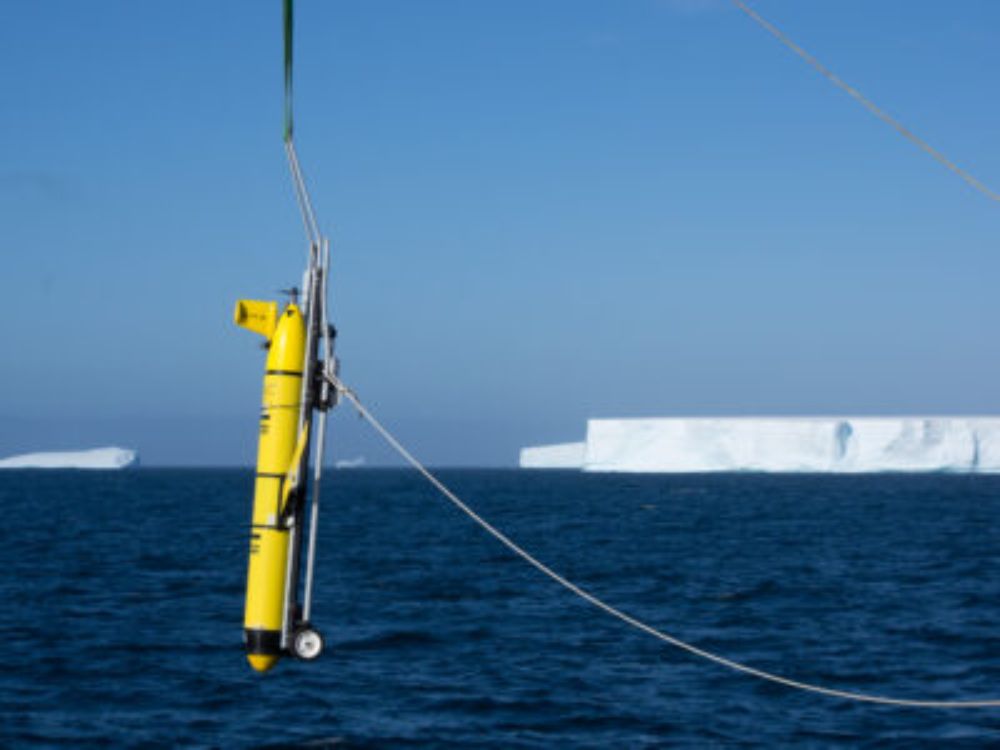- Scientists sent this glider to explore around a huge iceberg 🌊 For the first time, they saw the dramatic changes the berg's meltwater made to the ocean, up close. Iceberg calving is a natural process - but these results will help us understand the climate impact of more frequent calving... 🧵 1/7Apr 4, 2025 11:52
- Meet the A68a. It was the biggest iceberg in the world when it calved in 2017. It arrived near South Georgia Island in 2021, which was the right place and time for scientists to take the @noc.ac.uk ship RRS James Cook to the area. Here they all are - that iceberg pictured is 23km away. 🧵 2/7
- Reality check: getting up close to an iceberg in a ship is hard. We've all watched Titanic. So hooray for glider technology! The scientists think this was the first time measurements were made so close to an iceberg. They measured saltiness, temperature, chlorophyll and floating particles. 🧵 3/7
- As the cold, fresh meltwater entered the ocean it had a drastic effect. It changed the ocean’s temperature, and how salty it is. This mixed up the layers of the ocean - which are normally stable in the Antarctic summer. 🧵 4/7
- These ocean layers impact how much heat and carbon is exchanged between our ocean and atmosphere... ...and this impacts our climate. So now you can see why a perfectly natural process might become climate-change-relevant if calving were happening much, much more frequently. 🧵 5/7
- But there were also potential positive impacts for animals, who: a) we like b) are part of Earth's physical and chemical cycles (aka biogeochemistry) Nutrients got pulled up towards the surface - food for tiny marine plants at the bottom of the Antarctic food chain. So, it's complicated! 🧵 6/7
- "Giant iceberg meltwater increases upper-ocean stratification and vertical mixing" is published today in Nature Geoscience. Here's the BAS news story: www.bas.ac.uk/media-post/u... And here's the paper: www.nature.com/articles/s41... 🧵 7/7




